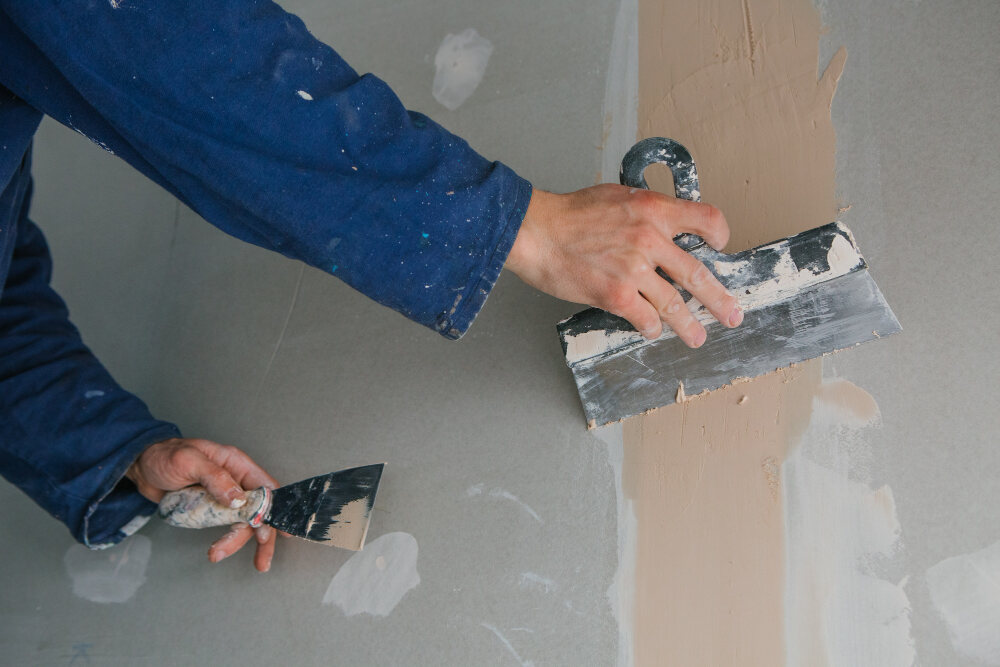Drywall finishing can feel like a daunting task, especially if you’re wondering how many coats of mud on drywall are really necessary. The good news? With the right approach, you can achieve a professional-looking finish with confidence. This guide lays out exactly how many coats of drywall mud to use, why each coat matters, and how to avoid common DIY pitfalls.
Why the Number of Mud Coats Matters
When you’re completing drywall taping and finishing, it’s not just about stacking mud layers—it’s about creating a seamless, durable, paint-ready surface.
Insights From DIYers
- “3 coats is typical. It will make for a better finish and your final sand will be easier.”
- “Typically 1 pre-fill coat, then 1 coat to embed tape, then 1–2 wide coats to feather out mud over tape.”
These firsthand tips underscore that while quality matters more than quantity, three well-executed coats are the standard for most home finishers.
Breaking Down Each Step: How Many Coats of Mud for Drywall Should You Apply?
1. Taping (Bedding) Coat
Purpose: Embed tape and bridge joints.
Use a strong taping compound or all-purpose mud—this forms the base of your finish. Professionals rely on this first coat because it sets your joints and holds the tape firmly in place.
2. Filler (Second) Coat
Purpose: Cover the tape and build up the surface.
After the first coat dries and shrinks, this layer fills gaps, creates smooth transitions, and brings the joints flush with the drywall surfaces.
3. Finish (Third) Coat
Purpose: Feather edges, refine, and prepare for sanding/painting.
This coat smooths out ridges and fine imperfections to create a seamless, paint-ready surface. A topping compound is ideal here—easy to level and sand.
Additional Situations: When More Coats Might Be Needed
Heavy Texture or Imperfections
If you’re planning to spray texture—especially on a garage or rough wall—you might go beyond three coats. Put on 3 coats before you even think about sanding.
Skill Level Considerations
Some experts say it’s possible to finish in just two coats—but only if you’re extremely skilled. Most DIYers will benefit from three.
How Many Coats of Mud on Drywall (Step-by-Step Workflow)
| Step | Coat Type | Purpose | Best Compound Type |
| 1 | Taping Coat | Embed tape, hold seams | Taping or all-purpose mud |
| 2 | Filler Coat | Cover tape and fill joint indentations | All-purpose mud |
| 3 | Finish Coat | Feather edges and smooth surface | Topping compound |
Tip: Sand lightly between coats—not heavily—and keep coats thin for the best feathering.
Pro Tips to Elevate Your Drywall Game
1. Thin your mud to yogurt-like consistency—it spreads smoother, blends better, and feathers easier.
2. Sand lightly or scrape between coats to remove peaks. Avoid over-sanding that damages paper surface.
3. Let the mud dry fully (ideally overnight) before sanding or adding another coat.
4. Use right tools: Wide knives (10–12″) help feather and smooth effectively.
5. Select the right compound per step:
- Taping: strong adhesion, harder to sand
- Filler: balanced consistency
- Finish: easy to smooth and sand
6. Check your lighting while sanding—use bright angled lighting to highlight imperfections.
Remember: it’s better to apply thin, controlled coats than thick, sloppy ones.
Frequently Asked Questions
How many coats of mud on drywall do I need before painting?
Generally, three coats—taping, filler, and finish—give you a smooth base good enough for paint.
Can I get away with just two coats of drywall mud?
Only if you’re extremely precise. Most DIYers find three coats offer better coverage, feathering, and ease of sanding.
What’s the difference between taping, filler, and finish coats?
Here’s the difference:
- Taping coat embeds tape and holds seams together.
- Filler coat builds up surface and smooths texture.
- Finish coat refines and prepares for sanding/painting.
Do I have to sand between coats of mud?
Yes—lightly sand or scrape between coats to correct small ridges or lumps. Heavy sanding damages the drywall paper.
Should I use different types of mud for each coat?
You can use all-purpose for all three, but better results come from using taping compound first, filler second, and topping compound last.
Wrapping Up
The short answer to how many coats of mud for drywall is three—taping, filler, finish. That’s the sweet spot for both DIYers and professionals. But the quality of each coat matters more than the count. Use proper muds, thin layers, light sanding, and good lighting to finish flawless surfaces.
Whether you’re finishing a living room or breezing through a basement, understanding why each layer exists—and doing it cleanly—will get your drywall painting-ready quickly and efficiently.

